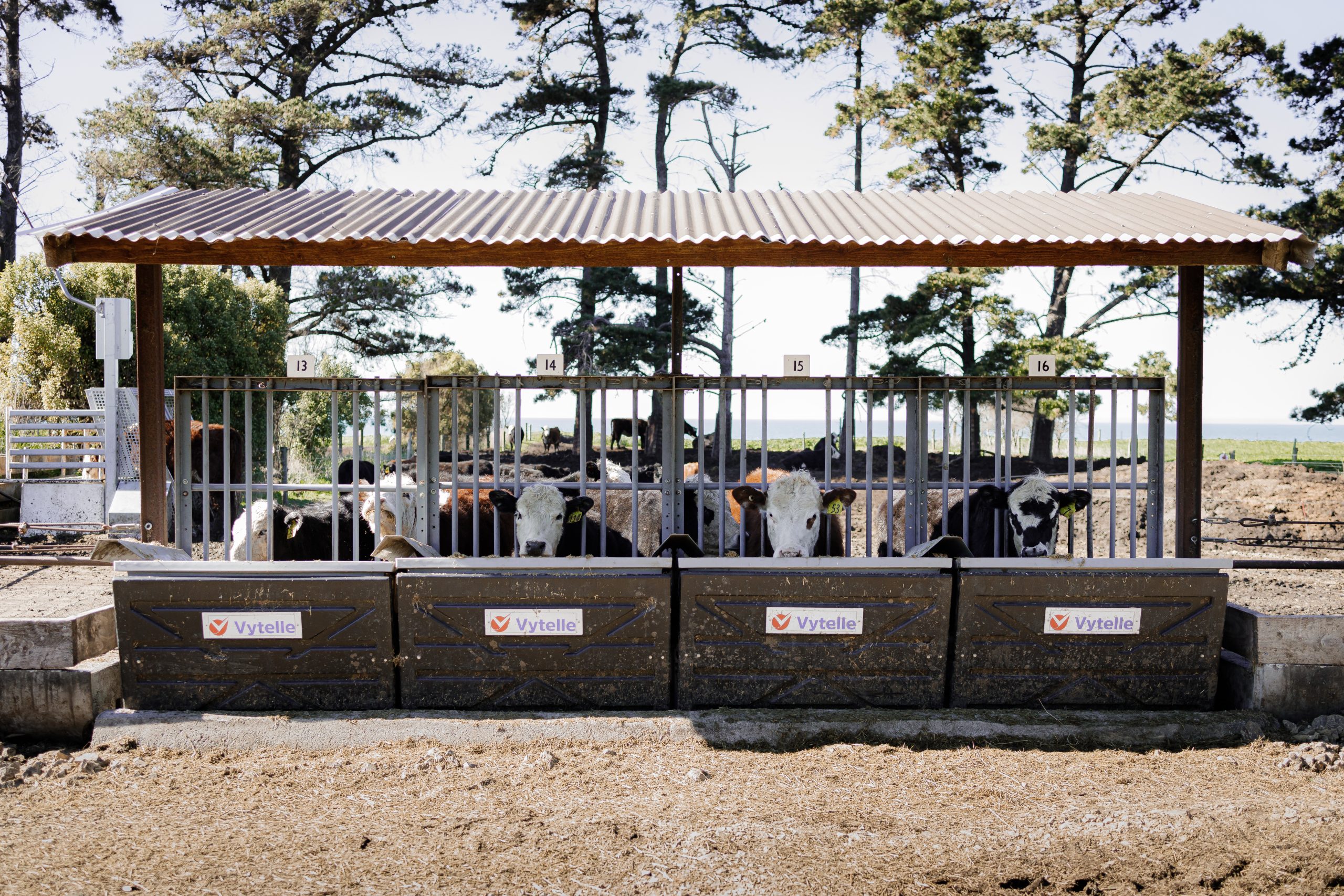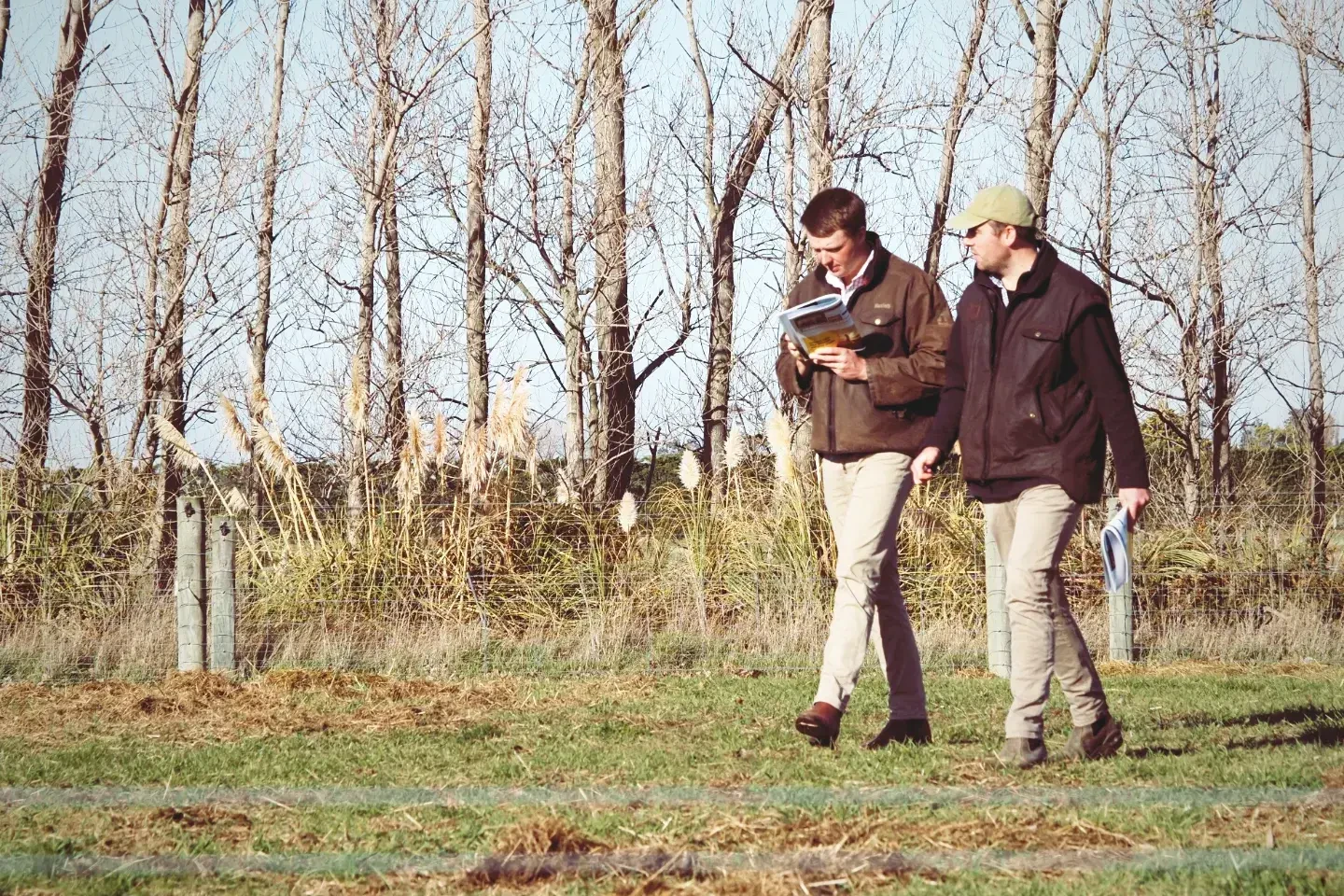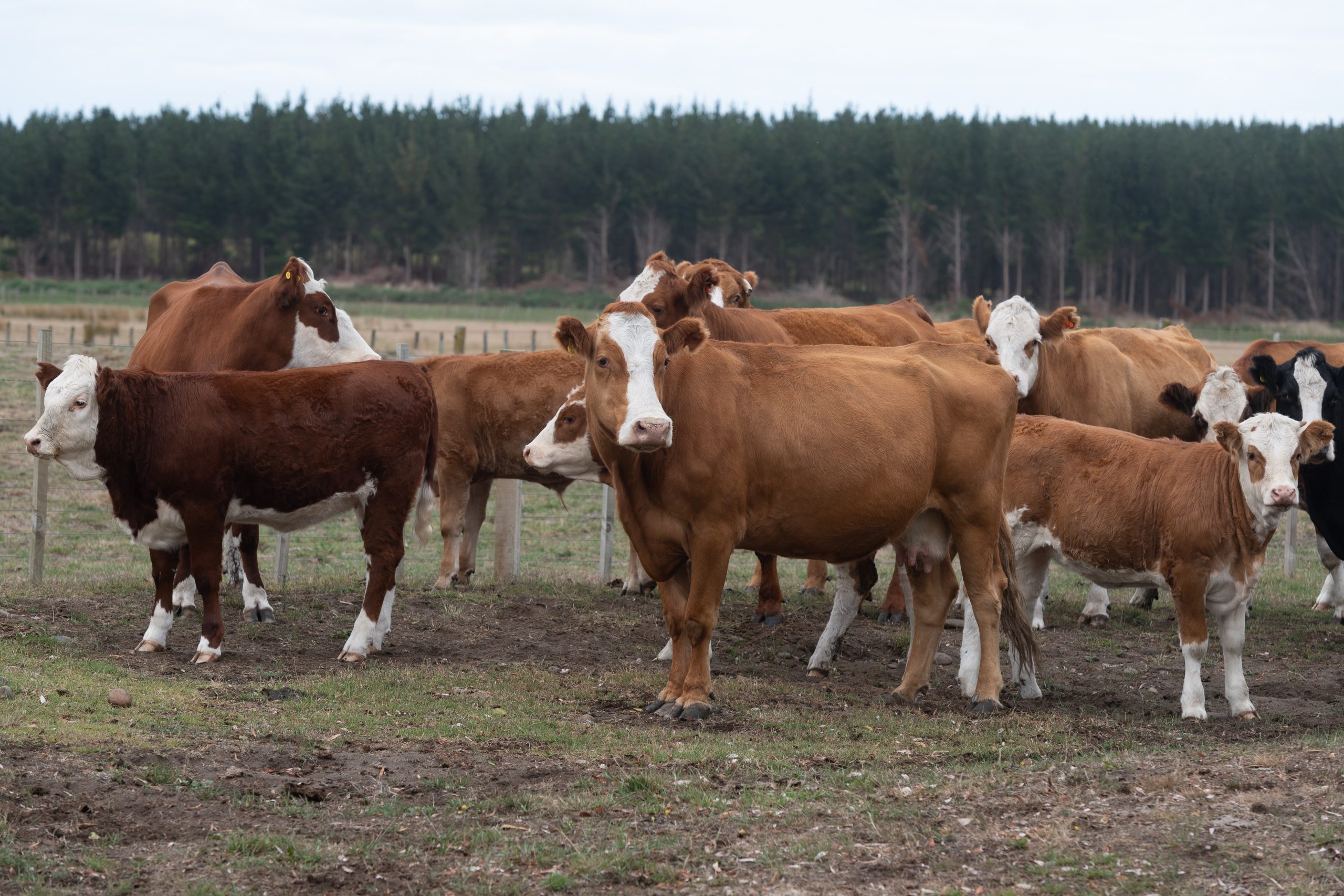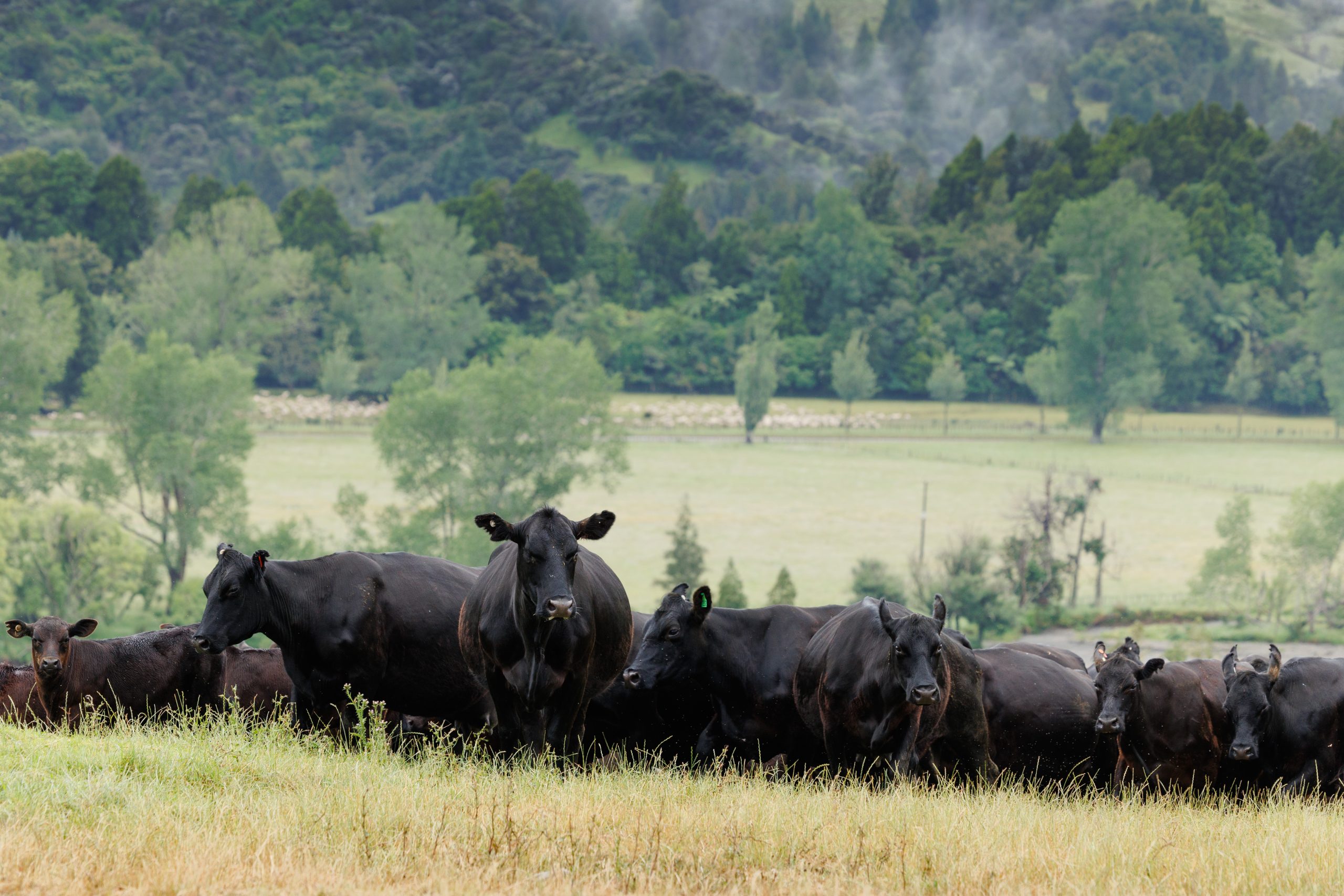Feed efficiency testing benefits wider beef industry
A new partnership arrangement has given Te Mania Angus the opportunity to further invest in infrastructure and the Wilding family grabbed the opportunity to install a feed intake testing unit on their North Canterbury farm. Words Sandra Taylor.

Will Wilding knew that they had generations of growth, fertility and carcase trait data collection at the high-profile Angus stud, but had no data around feed-use efficiency, a trait that was becoming increasingly important in other parts of the world.
Scientists from Beef + Lamb New Zealand and AgResearch are also using the unit to measure how efficiently New Zealand beef cattle convert feed into liveweight and their greenhouse gas emissions, in a cutting-edge trial for the Informing New Zealand Beef programme.
Managing Director Will Wilding says they were fortunate that they had an existing feedlot that had previously been used for quarantining export cattle as well as an existing effluent consent, so they only had to install the Vytelle Sense system which measures an individual animal’s feed intake. This information is used to calculate each animal’s feed-use efficiency.
This system is essentially a large tub of silage that sits on scales. Only one animal can feed at any one time and while the animal eats, the system reads its NAIT identification tag and records the amount of feed that animal is eating. All the data is fed back to Vytelle in Canada for analysis and the results are included in the TACE analysis that generates Angus Australia’s estimated breeding values (EBVs).
The unit can hold 128 animals for the 49 days the trial is run. This excludes an 11-day transition period where any animals that can’t cope with the feeding regime are removed.
Will says feed-use efficiency is a moderately heritable trait so progress can be made in breeding more efficient animals, but research has shown that feed efficiency is also closely correlated with reduced emissions.
“By gradually improving feed efficiency in cattle we can also reduce emissions.”
Will says initially, they only ran their bulls through the Vytelle Sense system and the resulting information was included in the sale catalogue.
He admits that interest in feed-use efficiency as a trait has been limited. He suspects it will be a “slow-burn” before commercial farmers see the value in producing animals that use feed more efficiently. It is also a trait that is expensive to measure.
For the majority of stud breeders, measuring feed-use efficiency is cost prohibitive and there is some industry scepticism around its benefits. For these reasons, Te Mania is now only putting their females through the unit and using the resulting data in their selection criteria.
“We are using the information to improve the female part of our herd,” explains Will. “It’s not changing our herd principles; we are just slowly increasing the genetic efficiency of our herd.”
It also means that when the market better appreciates the value of feed-use efficiency, it will be intrinsic in Te Mania genetics. He says methane reductions are an added bonus to an animal that produces more kilogram of product per kilogram of drymatter eaten.
At a time when the livestock industry is looking at additives and boluses to try and reduce the methane emissions of individual animals, Will believes feed-use efficiency achieves this outcome while saving farmers money.
“It reduces costs to the business while reducing emissions. Changing genetics is the most natural way of achieving this outcome.”
Will says as a trait, feed-use efficiency is positively correlated with growth, which is what farmers are being paid for, but comes at a slight cost to rib and rump fat. It is not, however, antagonistic to Mature Body Condition (MBC), although this is a relatively new EBV.
Will says they identified outliers where feed-use efficiency is not detrimental to EBVs for rib and rump fat and it is these genetics that will help progress the herd. The feed-efficiency testing is also being carried out on Te Mania’s sister stud in Australia and while the businesses are run separately, there are linkages with the genetics used in both Te Mania and other Angus studs. This means that through these linkages, the feed efficiency work being carried out on these studs is benefiting the wider industry.
How are we testing feed efficiency nationwide?
The feed testing facility has been playing a crucial part in the Beef + Lamb New Zealand Informing New Zealand Beef programme where scientists are measuring how efficiently beef cattle convert feed into liveweight as well as their greenhouse gas emissions.
B+LNZ is working in conjunction with Te Mania and AgResearch in measuring feed-use efficiency and greenhouse gas emissions in cattle which are part of B+LNZ’s across-breed progeny test.Angus and Hereford heifers, which were born on Pāmu’s Kepler Farm near Manapouri, were transported to Te Mania and had their feed-use efficiency measured through the Vytelle Sense system. They were also run through AgResearch’s Portable Accumulation Chambers for on-site methane measurements. The goal of the trial is to contribute to the development of new traits, specifically for New Zealand’s beef industry, so farmers can produce efficient cattle that have a light environmental footprint and run productive and profitable farms.
Te Mania also contributed to this trial by running animals through the feed intake facility and the AgPAC (Portable Accumulation Chambers) as did four Hereford studs. The resulting data will form part of a database that geneticists will use in the development of new traits.
Click here to watch a summary video featuring Will and others involved in the research trial.




